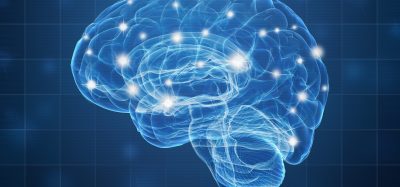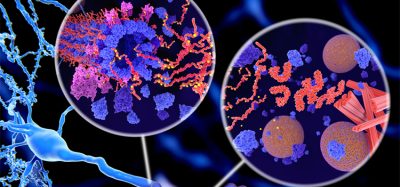Researchers identify powerful pain reliever
Posted: 17 August 2017 | Dr Zara Kassam (Drug Target Review) | No comments yet
A team of scientists have discovered what they say is a powerful pain reliever that acts on a previously unknown pain pathway…


A team of scientists have discovered what they say is a powerful pain reliever that acts on a previously unknown pain pathway, the synthetic compound known as UKH-1114, is as effective at relieving neuropathic pain.
The drug binds to a receptor on cells throughout the central nervous system called the sigma 2 receptor. Although it was discovered 25 years ago, scientists still did not know what sigma 2 did until now.
If the researchers at the University of Texas Austin can demonstrate that the drug is safe, effective and nonaddictive in humans — a process that typically takes years — the discovery could be instrumental in addressing one of today’s biggest public health challenges: the opioid abuse epidemic.
“This opens the door to having a new treatment for neuropathic pain that is not an opioid,” said Professor Stephen Martin the M June and J Virgil Waggoner Regents Chair in Chemistry. “And that has huge implications.”
Theodore Price, associate professor of neuroscience at the University of Texas at Dallas and a leading expert on chronic pain, tested UKH-1114 on mice with nerve damage and found that it alleviated pain as well as gabapentin did, but at a much lower dose (one-sixth as much) and was effective much longer lasting for a couple of days, compared with 4 to 6 hours. This research is the first to demonstrate that the sigma 2 receptor may be a target for treating neuropathic pain.
The researchers have filed patent applications on the new compound.
Much work remains to be done before UKH-1114 can enter the market. More studies are needed to demonstrate safety, efficacy and oral bioavailability. In the meantime, the scientists are working to understand, on a fundamental level, how activating the sigma 2 receptor relieves neuropathic pain.
Neuropathic pain, or chronic pain, is caused when nerves in the central nervous system are damaged. Among other things, it can result from chemotherapy, diabetes and injuries to the brain or spinal cord.
Results will be published in the Aug 18 print edition of the journal ACS Chemical Neuroscience. An earlier paper, published online on May 28 in the journal Proceedings of the National Academy of Sciences, described the molecular cloning and identification of the sigma 2 receptor.
Related topics
Molecular Targets, Neurosciences
Related organisations
University of Texas at Dallas, University of Texas Austin
Related people
Professor Stephen Martin, Theodore Price







